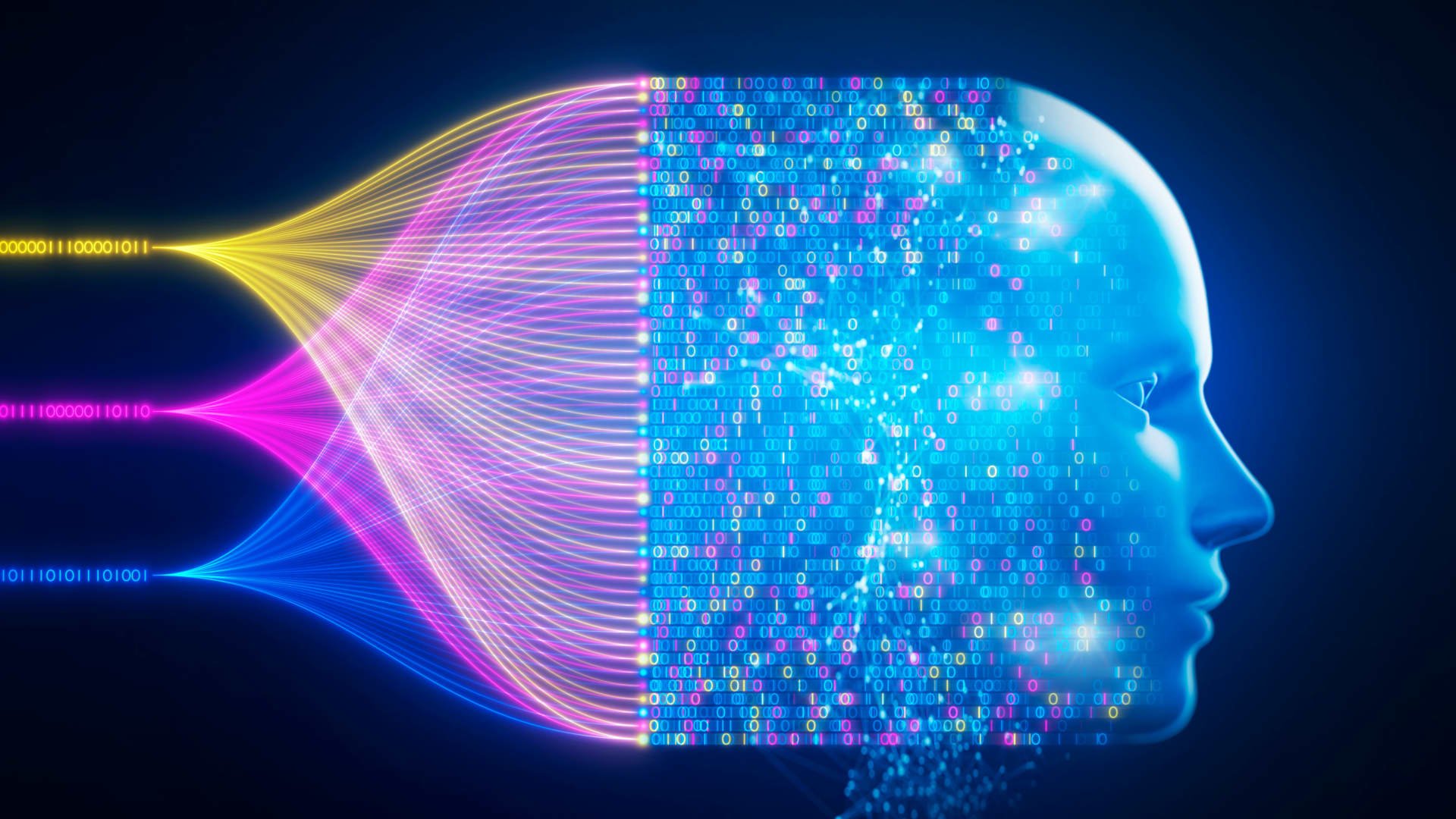Picture this: a world where technology can strip away the layers of privacy we’ve long taken for granted. Welcome to the realm of Undress.AI, a controversial AI-powered tool that's sparking heated debates across the globe. Whether you're a tech enthusiast, a privacy advocate, or just someone curious about the latest digital trends, Undress.AI is a topic worth exploring. This isn’t just about technology—it’s about ethics, privacy, and where we draw the line in our increasingly digital lives.
In today’s fast-paced digital era, artificial intelligence (AI) is revolutionizing how we interact with technology. From self-driving cars to personalized recommendations, AI is everywhere. But not all AI innovations are created equal. Undress.AI, a tool that uses deep learning algorithms to digitally remove clothing from images, has sparked a firestorm of controversy. It’s not just about the tech—it’s about the implications it carries for personal privacy and consent.
As we dive deeper into this topic, you’ll discover the origins of Undress.AI, its potential applications, the ethical dilemmas it presents, and how it fits into the broader conversation about AI and privacy. So, buckle up because this is going to be an eye-opening journey into the world of digital innovation and its unintended consequences.
- Fath Properties Cincinnati Apartments More Youll Love
- Boosie Badazz Net Worth What Is Boosie Worth 2024 Update
What Exactly Is Undress.AI?
Let’s break it down. Undress.AI is an AI-powered tool designed to digitally remove clothing from images, creating the illusion of nudity. At first glance, it might seem like a harmless novelty, but the implications are far-reaching. This technology leverages deepfake algorithms, which are trained on vast datasets of images to replicate and manipulate human appearances with startling accuracy. While the concept might sound futuristic, it’s already here, and it’s causing quite a stir.
Here’s the kicker: the technology behind Undress.AI isn’t new. It builds on advancements in neural networks and machine learning that have been around for years. What makes it controversial is its application. Instead of being used for harmless entertainment, it’s often misused to create non-consensual content, violating the privacy and dignity of individuals.
How Does Undress.AI Work?
To understand the controversy surrounding Undress.AI, you need to know how it works. At its core, the tool uses a type of AI called generative adversarial networks (GANs). GANs are essentially two neural networks working together—one generates images, while the other critiques them, pushing the system to improve over time. The result? Highly realistic images that can fool even the most discerning eyes.
- Tommie Lee Tommy Lee Net Worth Whos Richer 2025 Update
- Jocko Willink Gear Independence Day Shirts More Fuel Your Freedom
Here’s a quick rundown of the process:
- Data Collection: The AI is trained on large datasets of images, including both clothed and unclothed individuals.
- Image Analysis: Once trained, the AI analyzes new images, identifying patterns and structures that allow it to "undress" the subject.
- Output Generation: Using the insights gained from its analysis, the AI generates a new image where the clothing has been digitally removed.
While the technical details might sound impressive, the ethical concerns are undeniable. This technology has the potential to be misused, leading to serious consequences for individuals whose images are manipulated without their consent.
Why Is Undress.AI Controversial?
The controversy surrounding Undress.AI isn’t hard to understand. Imagine waking up one day to find your image circulating online, altered in ways that violate your privacy. It’s not just a hypothetical scenario—it’s a reality for many people who have fallen victim to this technology. The lack of consent, coupled with the potential for misuse, makes Undress.AI a ticking time bomb in the world of digital privacy.
Here are some of the key concerns:
- Privacy Violations: Individuals have no control over how their images are used or manipulated.
- Reputation Damage: Non-consensual content can ruin lives, affecting personal and professional relationships.
- Psychological Impact: Victims often experience anxiety, depression, and other mental health issues as a result of their experiences.
It’s not just individuals who are at risk. Society as a whole must grapple with the ethical implications of a technology that prioritizes novelty over consent and privacy.
The Ethical Dilemmas of AI-Powered Tools
Where Do We Draw the Line?
Undress.AI isn’t the first AI tool to raise ethical concerns, but it’s certainly one of the most controversial. As AI continues to evolve, we’re faced with a growing number of dilemmas. How do we balance innovation with responsibility? How do we ensure that technology is used for good rather than harm?
Here’s the thing: AI tools like Undress.AI highlight a broader issue in the tech industry—the lack of regulation. Developers often rush to market without considering the long-term consequences of their creations. It’s a classic case of moving fast and breaking things—but in this case, the things being broken are people’s lives.
Consent in the Digital Age
In a world where data is the new currency, consent has become more important than ever. Yet, tools like Undress.AI challenge the very notion of consent. How can we protect individuals from having their images manipulated without their permission? And who’s responsible when things go wrong?
The answer isn’t simple. It requires a multi-faceted approach involving developers, policymakers, and society as a whole. We need clearer guidelines on how AI tools should be used, stronger enforcement of existing laws, and a greater emphasis on ethical considerations during the development process.
The Legal Landscape Surrounding Undress.AI
So, where does the law stand on Undress.AI? The short answer is—it’s complicated. Laws around the world vary significantly when it comes to regulating AI tools and protecting individuals’ privacy. In some countries, creating or distributing non-consensual content is illegal, while in others, the laws are either non-existent or poorly enforced.
Here are a few examples:
- United States: Some states have laws specifically targeting revenge porn, but there’s no federal law addressing non-consensual AI-generated content.
- European Union: The EU’s General Data Protection Regulation (GDPR) provides some protections for individuals, but it doesn’t explicitly address AI tools like Undress.AI.
- Asia: Countries like India and South Korea have taken steps to combat non-consensual content, but enforcement remains a challenge.
As the technology continues to evolve, lawmakers face an uphill battle in keeping pace. It’s a race against time to ensure that laws are both effective and adaptable to new threats.
Alternatives and Solutions
Is There a Better Way?
Despite the controversy surrounding Undress.AI, not all AI tools are inherently harmful. In fact, many developers are working on solutions that prioritize safety and consent. For example, some AI tools are designed to detect and flag non-consensual content, helping platforms remove it before it spreads.
Here are a few promising alternatives:
- Content Moderation Tools: AI-powered systems that scan for and remove harmful content automatically.
- Encryption Technologies: Solutions that allow individuals to control how their images are used and shared.
- Consent Verification Systems: Platforms that require explicit consent before allowing images to be manipulated or shared.
While these solutions aren’t perfect, they represent a step in the right direction. By focusing on safety and consent, developers can create AI tools that benefit society without compromising individual rights.
What Can You Do?
If you’re concerned about the implications of Undress.AI, there are steps you can take to protect yourself and others. Here are a few tips:
- Be Cautious with Your Images: Think twice before sharing photos online, especially if they contain sensitive information.
- Report Non-Consensual Content: If you come across harmful content, report it to the platform where it’s hosted.
- Advocate for Change: Support efforts to regulate AI tools and protect individual privacy.
Your actions can make a difference. By staying informed and taking action, you can help create a safer digital environment for everyone.
Impact on Society
Undress.AI isn’t just a tech issue—it’s a societal one. The tool highlights broader concerns about how we interact with technology and what we prioritize as a society. Are we willing to sacrifice privacy for convenience? Are we prepared to face the consequences of unchecked technological innovation?
These are tough questions, but they’re ones we need to answer if we want to create a future where technology serves humanity rather than exploits it. It’s a balancing act—one that requires input from all stakeholders, including developers, policymakers, and everyday citizens.
Conclusion
Undress.AI is more than just a tool—it’s a symbol of the challenges we face in the digital age. While the technology itself is impressive, its implications are troubling. From privacy violations to ethical dilemmas, the issues surrounding Undress.AI are complex and multifaceted.
So, what can you do? Start by educating yourself about the risks and taking steps to protect your privacy. Advocate for stronger regulations and support developers who prioritize safety and consent. Together, we can create a digital world that respects individual rights and promotes ethical innovation.
Before you go, take a moment to reflect on what you’ve learned. Do you have thoughts or questions about Undress.AI? Leave a comment below and let’s continue the conversation. And don’t forget to share this article with others who might find it valuable. Together, we can make a difference.
Table of Contents
- Joe Depinto 7eleven Ceo Net Worth And Career Highlights
- Where Are They Now The Nyc Prep Cast Today Updates


